
AWS Certified Solutions Architect - Professional: AWS Certified Solutions Architect - Professional (SAP-C01)
PDFs and exam guides are not so efficient, right? Prepare for your Amazon examination with our training course. The AWS Certified Solutions Architect - Professional course contains a complete batch of videos that will provide you with profound and thorough knowledge related to Amazon certification exam. Pass the Amazon AWS Certified Solutions Architect - Professional test with flying colors.

Curriculum for AWS Certified Solutions Architect - Professional Certification Video Course
| Name of Video | Time |
|---|---|
 1. New Exam Blueprint 2019 |
4:00 |
| Name of Video | Time |
|---|---|
 1. Multi-Account Strategy for Enterprises |
05:18 |
 2. Identity Account Architecture |
13:23 |
 3. Creating Cross-Account IAM Roles |
06:18 |
 4. AWS Organizations |
03:20 |
 5. Creating first AWS Organization & SCP |
12:16 |
| Name of Video | Time |
|---|---|
 1. Understanding DOS Attacks |
08:46 |
 2. Mitigating DDOS attacks |
18:41 |
 3. AWS Sheild |
09:27 |
 4. IDS/IPS in Cloud |
05:24 |
 5. Understanding Principle of Least Privilage |
11:12 |
Amazon AWS Certified Solutions Architect - Professional Exam Dumps, Practice Test Questions
100% Latest & Updated Amazon AWS Certified Solutions Architect - Professional Practice Test Questions, Exam Dumps & Verified Answers!
30 Days Free Updates, Instant Download!
AWS Certified Solutions Architect - Professional Premium File
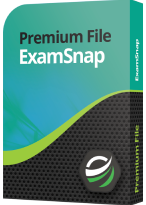
- Premium File: 1019 Questions & Answers. Last update: Aug 13, 2025
- Latest Questions
- 100% Accurate Answers
- Fast Exam Updates
AWS Certified Solutions Architect - Professional Training Course
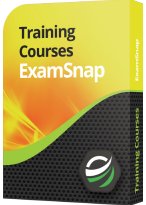
- Training Course: 235 Video Lectures
- Latest Questions
- 100% Accurate Answers
- Fast Exam Updates
AWS Certified Solutions Architect - Professional Study Guide
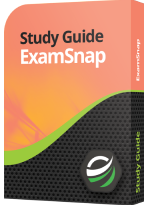
- Study Guide: 402 Pages
- Latest Questions
- 100% Accurate Answers
- Fast Exam Updates
Amazon AWS Certified Solutions Architect - Professional Training Course
Want verified and proven knowledge for AWS Certified Solutions Architect - Professional (SAP-C01)? Believe it's easy when you have ExamSnap's AWS Certified Solutions Architect - Professional (SAP-C01) certification video training course by your side which along with our Amazon AWS Certified Solutions Architect - Professional Exam Dumps & Practice Test questions provide a complete solution to pass your exam Read More.
Prepared by Top Experts, the top IT Trainers ensure that when it comes to your IT exam prep and you can count on ExamSnap AWS Certified Solutions Architect - Professional (SAP-C01) certification video training course that goes in line with the corresponding Amazon AWS Certified Solutions Architect - Professional exam dumps, study guide, and practice test questions & answers.

Amazon Training Courses




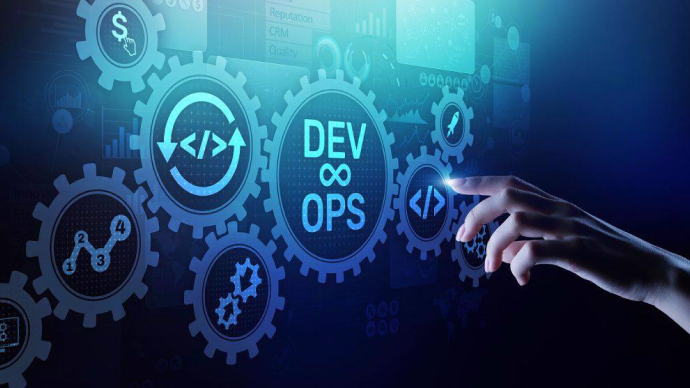

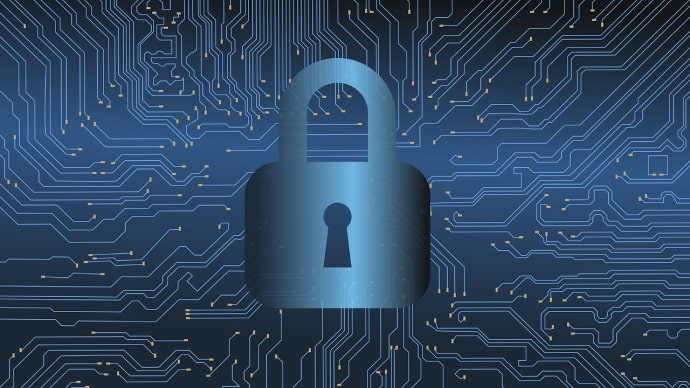




Only Registered Members can View Training Courses
Please fill out your email address below in order to view Training Courses. Registration is Free and Easy, You Simply need to provide an email address.
- Trusted by 1.2M IT Certification Candidates Every Month
- Hundreds Hours of Videos
- Instant download After Registration







